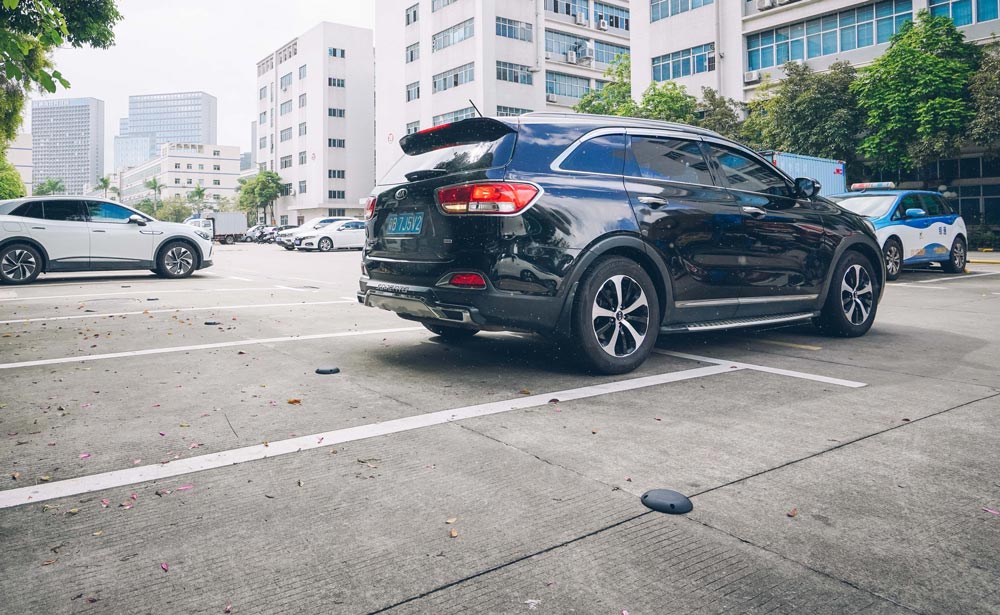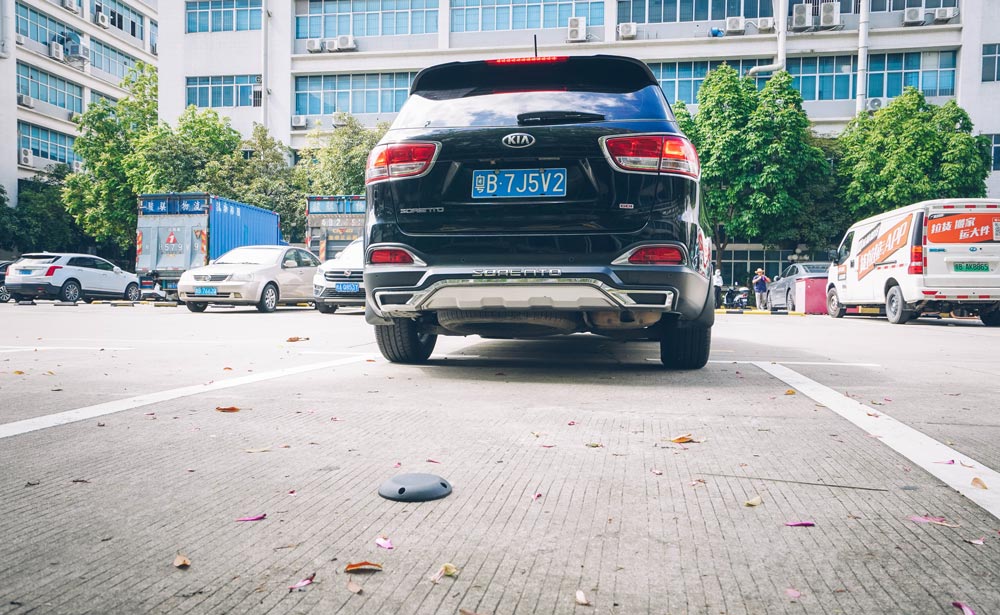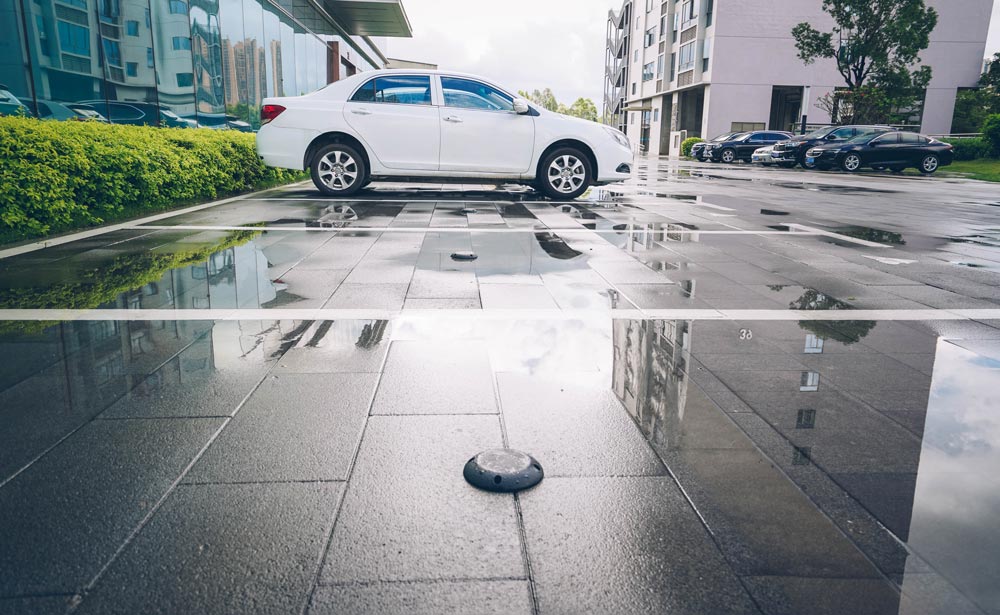Solving the problems of parking security,location tracking,and supporting many other functions such as smart transport involves a combination of technology,infrastructure,and policies.Here are some strategies and technologies that can help address these issues.

Sensor-Based Parking:Install parking sensors in parking spaces to detect vehicle presence.This information can be relayed to a mobile app or a centralized system to help drivers find available parking spots quickly.
Dynamic Pricing:Implement dynamic pricing for parking based on demand and location.This can incentivize drivers to park in less crowded areas and reduce congestion.
Reservation Systems:Allow users to reserve parking spots based on smart parking system in advance through mobile apps or websites.This can help reduce the time spent searching for parking.
Multi-Modal Transportation:Promote the use of public transportation and shared mobility options like ride-sharing and bike-sharing to reduce the need for private parking.

2.Location Tracking
GPS and Mobile Apps:Use GPS technology and mobile apps to provide real-time location tracking for vehicles,public transportation,and pedestrians.
Geofencing:Employ geofencing technology to set virtual boundaries and trigger specific actions or notifications when a device or vehicle enters or exits a designated area.
Indoor Positioning Systems(IPS):For indoor location tracking,implement IPS using Wi-Fi,Bluetooth,or other technologies to provide accurate location data inside buildings and large structures.
Privacy Protection:Ensure that GPS tracking systems comply with privacy regulations and protect user data through encryption and user consent.
3.Supporting Other Functions
Traffic Management:Implement intelligent traffic management systems that use real-time data to optimize traffic flow,reduce congestion,and improve safety.
Environmental Monitoring:Use sensors and data analytics to monitor air quality,noise levels,and other environmental factors to improve urban planning and public health.
Emergency Services:Integrate location data into emergency response systems to improve the accuracy and speed of responses to accidents,fires,and medical emergencies.
Infrastructure Maintenance:Use location data to monitor and maintain critical infrastructure such as bridges,roads,and utilities,reducing maintenance costs and improving safety.
Community Engagement:Involve the community in decision-making processes related to parking and location tracking through surveys,public meetings,and online platforms to ensure that solutions meet their needs and concerns.

4.Policy and Regulation
Zoning and Land Use:Adopt zoning regulations that encourage the development of mixed-use neighborhoods to reduce the need for long-distance travel and parking.
Incentives:Offer incentives for businesses and developers to create sustainable,walkable communities with reduced parking requirements.
Data Privacy:Establish clear regulations regarding the collection,storage,and use of location data to protect individuals'privacy rights.
Public-Private Partnerships:Collaborate with private companies to develop and implement innovative solutions while ensuring that public interests and safety are prioritized.
Solving these problems requires a multi-faceted approach that combines technological advancements,urban planning,and policy changes.Collaboration among government agencies,private sector companies,and community stakeholders is crucial to creating effective and sustainable solutions.




